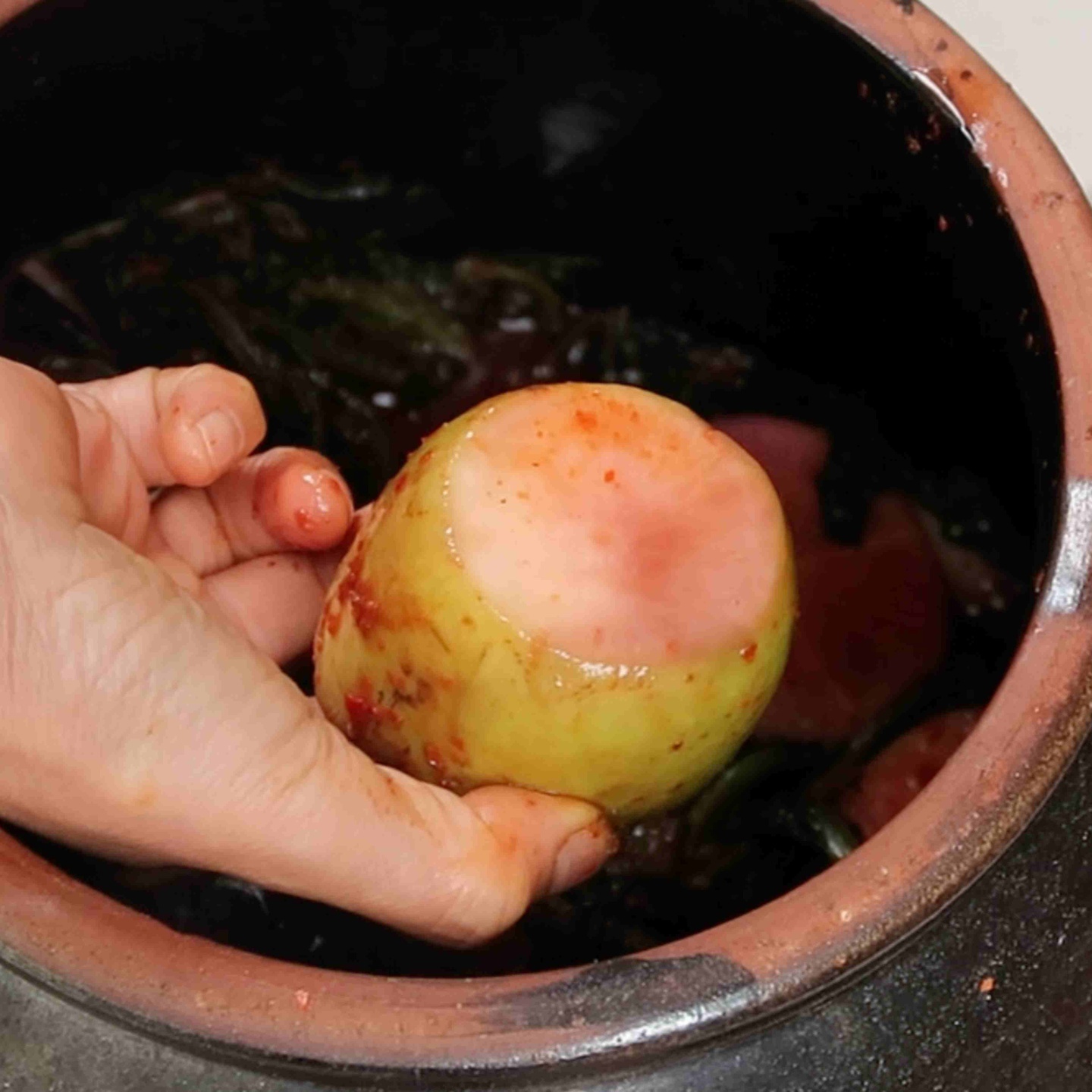Frying Eggs
Frying an egg is not as easy as it looks. Eggs are delicate and can easily stick to the pan. It takes practice to learn how to flip an egg without a spatula.
Tools for Frying Eggs
There are tools that are necessary to successfully fry an egg.
- First is having a nonstick pan: choose either a well-seasoned cast-iron pan or a coated nonstick pan. Take good care of the pan that you use to fry your eggs, a sticky scratched pan will result in guaranteed broken yolks.
- The second thing you need is a spatula to flip your egg. Yes, you can flip your egg without a spatula but that takes practice, let’s master the basics first. You want to use a spatula that has a rubber head. This will help to prevent any accidental scratches on your beautiful nonstick-coated frying pans.
- Finally, you want to use add enough high smoke point fat to your pan to prevent sticking. You also need to let your fat heat up completely before placing down the egg otherwise it will not help prevent sticking. Be careful when using oils or fats that have a low smoke point because they will burn and affect the flavor of your egg. Fats like butter will most likely get too dark or burn before you are done frying your egg. Clarified butter or ghee is better to use in comparison to butter because it will not burn but still give a rich flavor, this is what we used when I worked at a hotel breakfast buffet.
Egg Frying Temperature
You want to fry your eggs on medium-high heat.
- If your temperature is too low, then the egg will stick and the egg white will spread and not form/coagulate correctly.
- If your temperature is too high, then your egg will burn before you achieve the doneness you wanted and it may stick to your pan.
The Doneness of Fried Eggs
These are the different doneness of fried eggs that you can practice making based on your preference.
- When making sunny side up eggs, the egg is placed in the pan and not flipped over. The yolk is runny, and the egg whites are firm.
- When making a Basted egg, the egg is placed in the pan, a little water is added to the pan when it is 1/2 way formed and a lid is placed onto it to cook the top of the egg without flipping. The yolk is usually left runny and the egg whites are more firm.
- When making an over-easy egg, the egg is placed in the pan until formed just enough to flip it to the other side. After it forms for about a minute on the other side, the egg is taken out of the pan and served. This is a quick process. The yolk is still very soft and runny and the egg whites are partially cooked.
- When making an over medium egg, the egg is placed in the pan, and once firm it is then flipped. The egg is then left to cook for 2-3 minutes on the other side. The egg yolk should be mostly firm with a slightly runny yolk and the egg whites should be fully cooked.
- Finally, we have the well-done egg. The egg is placed in the pan and the egg yolk is broken with a spatula. The egg is then flipped, and both the egg yolk and egg whites are cooked fully.
Fried Egg Tips
The first tip I want to emphasize is how to add your egg to your pan to prevent breaking the yolk.
It is important how high you release your egg from its shell into the pan. You want to release the egg at a close distance to the pan. If you are too high up the egg yolk can break more easily.
Now my next tip is for those who would like to learn how to flip an egg without a spatula.
If you want to learn how to flip an egg, then there is a way to practice without wasting a single egg. The best way is to practice flipping a piece of toast in your pan.
First, lift the pan off the stove and tilt the pan in a downward motion. Now, gently shift the toast towards the tip of the frying pan and with a gentle jerking motion try to slide the toast upward and back to flip it onto the other side.
The piece of toast should not fly ten inches off the pan into the air. It should gently flip like it barely left the surface of the pan. Practice first with toast and then try an egg.






